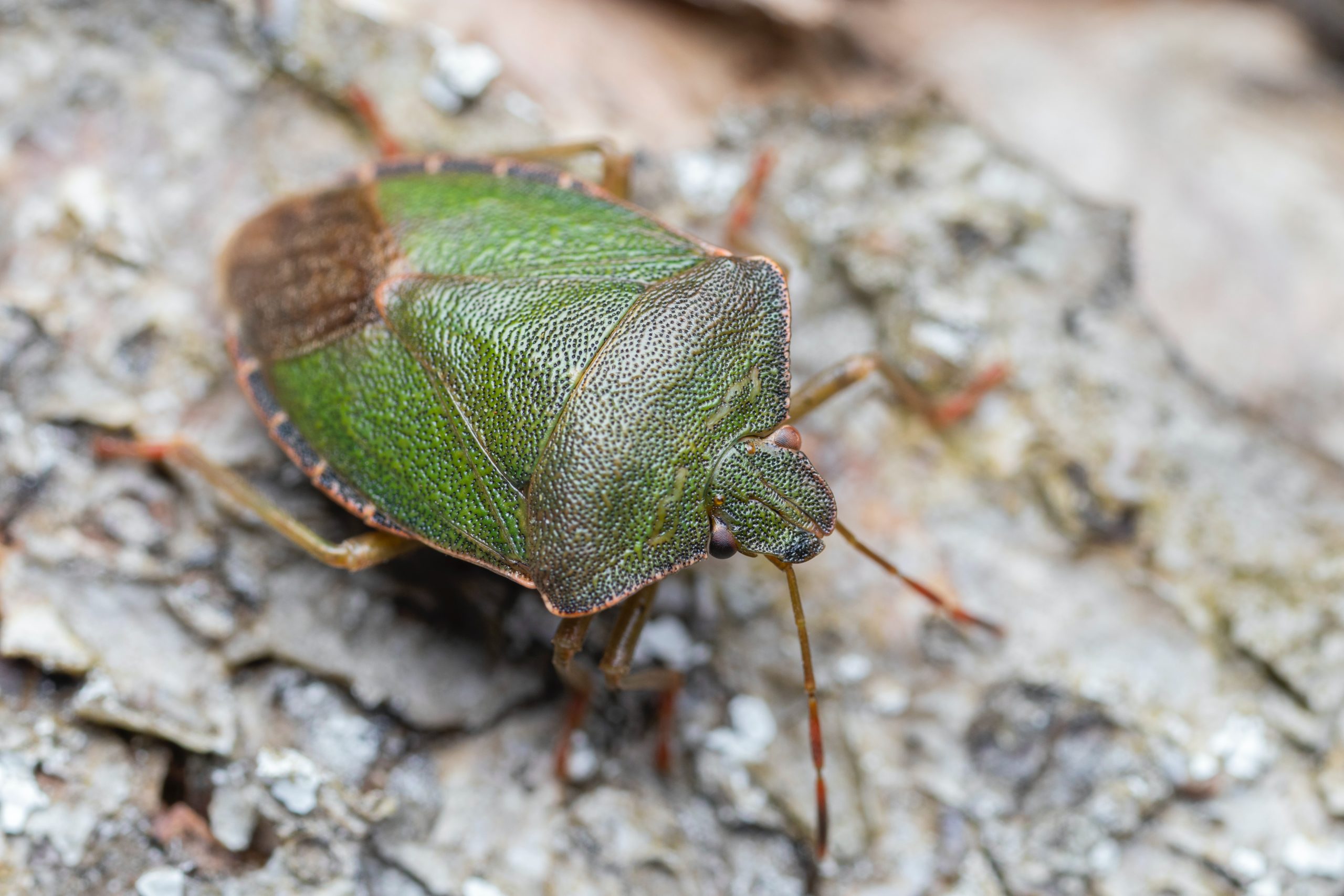Imagine waking up with itchy red welts on your skin, and realizing that your home is infested with bed bugs. These pesky little insects pose a significant challenge for homeowners, and conventional chemical solutions can be both hazardous and ineffective. Fortunately, a more efficient approach has emerged: thermal bed bug treatment. In this comprehensive guide, you’ll learn about bed bug heat treatments, their effectiveness in eradicating infestations, and how to maintain a pest-free home.
Understanding Bed Bug Infestations
Bed bugs are diminutive, flat-bodied pests that solely nourish themselves on the blood of humans and animals. They’re attracted to the carbon dioxide and body heat emitted by sleeping hosts, making your cozy bed the perfect stomping ground. Although not disease carriers, their bites can lead to allergic reactions, rashes, and even infection due to scratching. Many factors contribute to a bed bug infestation, including travel, second-hand furniture acquisition or simply living in multi-unit buildings.
Advantages of Thermal Pest Solutions
Thermal bed bug treatment takes advantage of these pests’ vulnerability to temperature fluctuations. While they’re highly resistant to chemical treatments – developing resistance over time – they cannot survive in extreme temperatures. Heat treatments eradicate all stages of the insect life cycle from eggs to adult bugs, providing immediate relief from an infestation without resorting to harmful chemicals or toxic pesticides.
How Heat Treatments Eliminate Bugs
A well-executed thermal treatment involves raising the temperature of an infested space rapidly so that it becomes unbearable for bed bugs. This process typically requires maintaining a room temperature of 48°C (118°F) or more for at least 90 minutes. Through this method, heat penetrates cracks and crevices where chemicals often can’t reach, ensuring a thorough extermination of the entire population.
Whole-Home vs. Localized Approaches
The choice between whole-home and localized treatment largely depends on your specific situation. A whole-home approach requires heating every room in the house simultaneously, while a localized treatment only targets heavily infested areas. Whole-home treatments may be necessary for severe, widespread infestations, as localized methods might not reach hidden bugs. Localized heat treatments can be quicker and more cost-effective when dealing with minor infestations.
Preparing Your Space for Treatment
Prior to initiating the thermal bed bug treatment process, proper preparation is key to success. Firstly, remove any heat-sensitive items such as aerosols, art materials, electronics or medications from the treated space. Additionally, decluttering your home and sealing any cracks or crevices can help maximize heat penetration while also minimizing future hiding spots for bed bugs.
Types of Bed Bug Heat Equipment
There are various kinds of heaters designed specifically for bed bug heat treatments: electric heaters, propane heaters and indirect-fired furnaces. Electric heaters often come as portable units stand-alone devices that use your home’s electric power supply; these are suitable for both small-scale and large-scale applications alike. Propane heaters and indirect-fired furnaces require fuel sources but offer rapid temperature rise capabilities.
Effective Temperature and Duration Settings
For successful eradication, maintaining appropriate temperature thresholds is critical to ensure the demise of bed bugs. A minimum temperature of 48°C (118°F) is necessary, maintained over a period of at least 90 minutes to penetrate even the deepest crevices where these pests hide. Remember that higher temperatures may demand shorter durations so it’s important to strike a balance between effectiveness and potential property damage.
Safety Measures During Heat Treatments
Safety should always be prioritized when conducting a thermal treatment. Avoid overheating by adhering to suggested guidelines on both temperature settings and duration limits. Be sure to have fire extinguishing equipment nearby in case of an emergency, and never leave the premises unattended during treatment.
Post-Heat Treatment Inspections
Once the thermal process wraps up, carefully inspect your home and belongings for any surviving bed bugs. It may be advantageous to employ the services of a professional exterminator to conduct these inspections, as untrained eyes may miss crucial details that would result in a recurrence of infestation.
Preventing Future Bed Bug Infestations
Prevention is key in keeping your home pest-free. Routinely vacuuming, sealing cracks and crevices, using mattress and box spring encasements, and laundering bed linens at high temperatures can aid in deterring re-infestation. Additionally, remain vigilant when traveling or purchasing second-hand furniture – both circumstances provide prime opportunities for bugs to find a new home.
Comparing Heat Treatments vs Fumigation
Fumigation is another option for treating bed bug infestations; however, there are important differences between the two methods. Chemical fumigants often leave toxic residues that present environmental concerns and may harm human health upon inhalation. In contrast, heat treatments are eco-friendly alternatives to chemical-based ones since they create no lingering residue or harmful byproducts.
Conclusion
Thermal bed bug treatment presents itself as a cutting-edge solution to combating pesky infestations in your home. Its efficacy, eco-friendly nature, and overall cost-effectiveness make this method a preferred option among homeowners seeking efficient pest control alternatives. Remember that prevention is paramount – staying vigilant and adopting preventive measures will go a long way toward maintaining a comfortable, bed bug-free living space.

